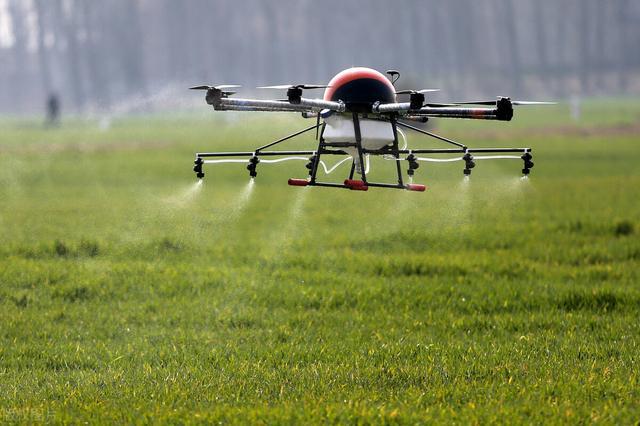Agricultural drones have ushered in a new era of smart pest management in agriculture. These unmanned aerial vehicles are at the forefront of innovative technologies that enable farmers to tackle pest-related challenges more efficiently and sustainably. In this article, we will explore the current state of smart pest management with agricultural drones and glimpse into future innovations.
Agricultural drones equipped with advanced sensors and imaging technology provide farmers with real-time data and insights for pest management. They can monitor crops for diseases, pests, and nutrient imbalances, with the ability to capture high-resolution images and multispectral data. This data is invaluable for early detection and targeted intervention.
Early detection is one of the primary advantages of using drones for pest management. Drones can identify crop issues before they become visually apparent, allowing farmers to take timely and precise actions. By detecting diseases, pests, or nutrient imbalances early, farmers can reduce the need for extensive treatments and prevent significant crop losses.
Drones offer precision in treatment application, which minimizes the environmental impact of pest control. They can carry sprayers that apply pesticides or herbicides with pinpoint accuracy, reducing chemical usage and protecting non-target organisms. This precision also lowers the risk of chemical runoff into water bodies.
Comprehensive surveillance is another key benefit of using drones for pest management. They can cover large areas quickly, ensuring that no part of the field is left unmonitored. This comprehensive monitoring helps farmers gain a thorough understanding of crop conditions and pest distribution.
In addition to existing capabilities, future innovations in agricultural drones are poised to further revolutionize pest management. These innovations may include improved sensors and imaging technology, advanced artificial intelligence for data analysis, and autonomous decision-making capabilities. As a result, the role of drones in smart pest management is expected to grow significantly.
In conclusion, agricultural drones are ushering in the era of smart pest management in agriculture. Their current capabilities, including early detection, precision treatment application, and comprehensive surveillance, are already transforming pest control practices. As technology continues to advance, drones are set to play an even more significant role in the future of pest management, contributing to higher crop yields, reduced environmental impact, and sustainable agriculture.







Please sign in to comment
register